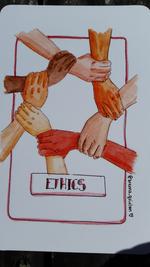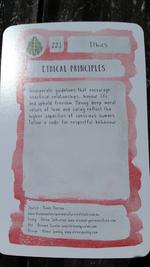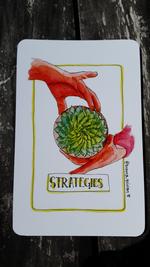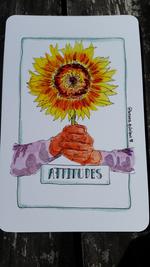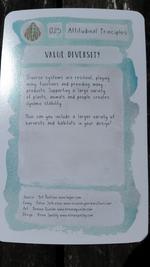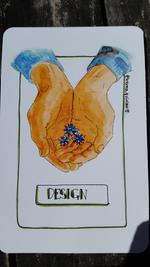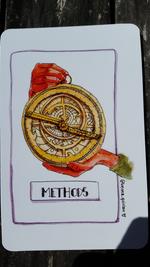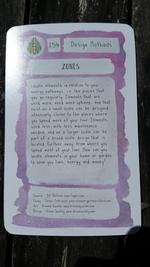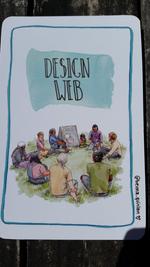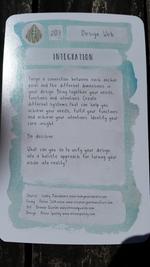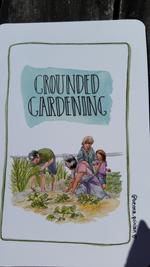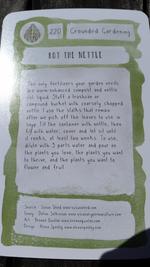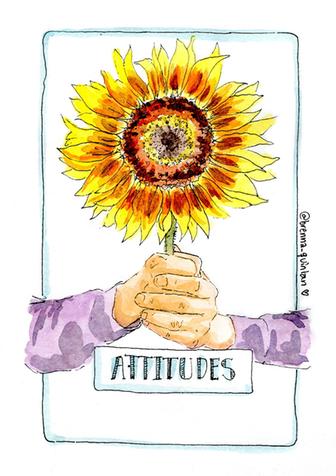
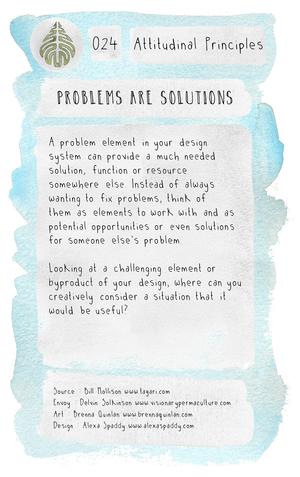
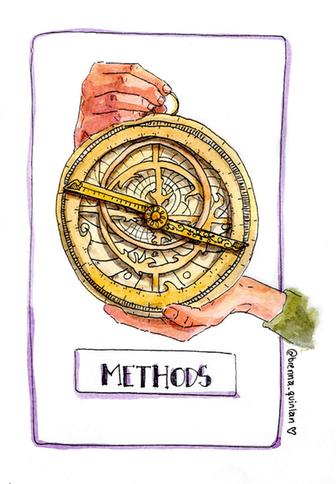

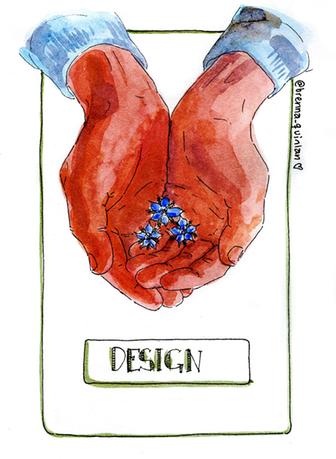

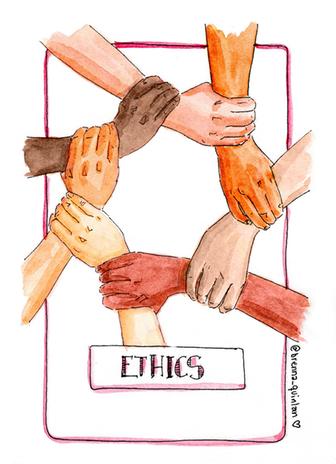

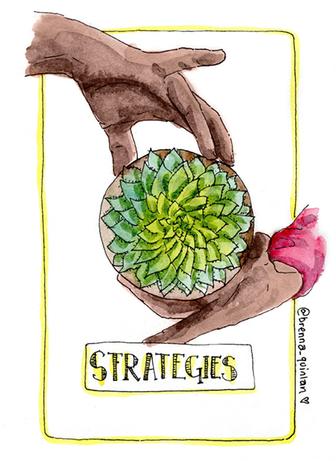
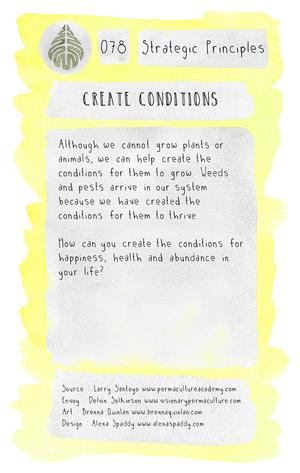 Summary
Summary
"The clearest way into the universe is through the wilderness." - John Muir
Dear Friends of our World
I am joyed to share the new edition of the Permaculture Design Deck. Sharing Nature’s principles and design methods. A grassroots initiative to share the largest collection of permaculture design core concepts available.
Featuring text from Delvin Solkinson sharing Core Concepts learned from Bill Mollison, Rosemary Morrow, David Holmgren, Geoff Lawton, Michael Becker, Toby Hemenway, Larry Santoyo, Starhawk & Looby Macnamara. Additional contributions were inspired by Rob Hopkins, Dave Boehnlein, Richard Wallner, Mark Lakeman, Doug Bullock, Ian McHarg and Percival Alfred Yeomans. Core source inspiration from Robin Clayfield whose many card decks and games led to this creation. Featuring visionary design from Sijay James of www.OnbeyondMetamedia.com these cards can be used in countless ways to inspire, evolve and uplift your practical understanding of permaculture. Featuring permaculture illustration by Brenna Quinlan of www.brennaquinlan.com
After 16 years of creating free, open source learning and teaching media I am honored to ask you for support in bringing the 202 card Permaculture Design Deck into a more accessible and affordable form as a printed copy. As with all my media, its always available as a free download at printable resolution to the World Community. Support my work and ability to continue producing permaculture design media, tools and offerings.
Where to get it?
Permaculture Market
Related Videos
Related Podcasts
A Kind Voice and Expanding Mind
Related Threads
Core Curriculum Notes
New Free Permaculture Design Notes 2021
Permaculture Concept Cards
Mega List Resources Learning Permaculture
Related Websites
Visionary Permaculture
 4
4














 2
2























